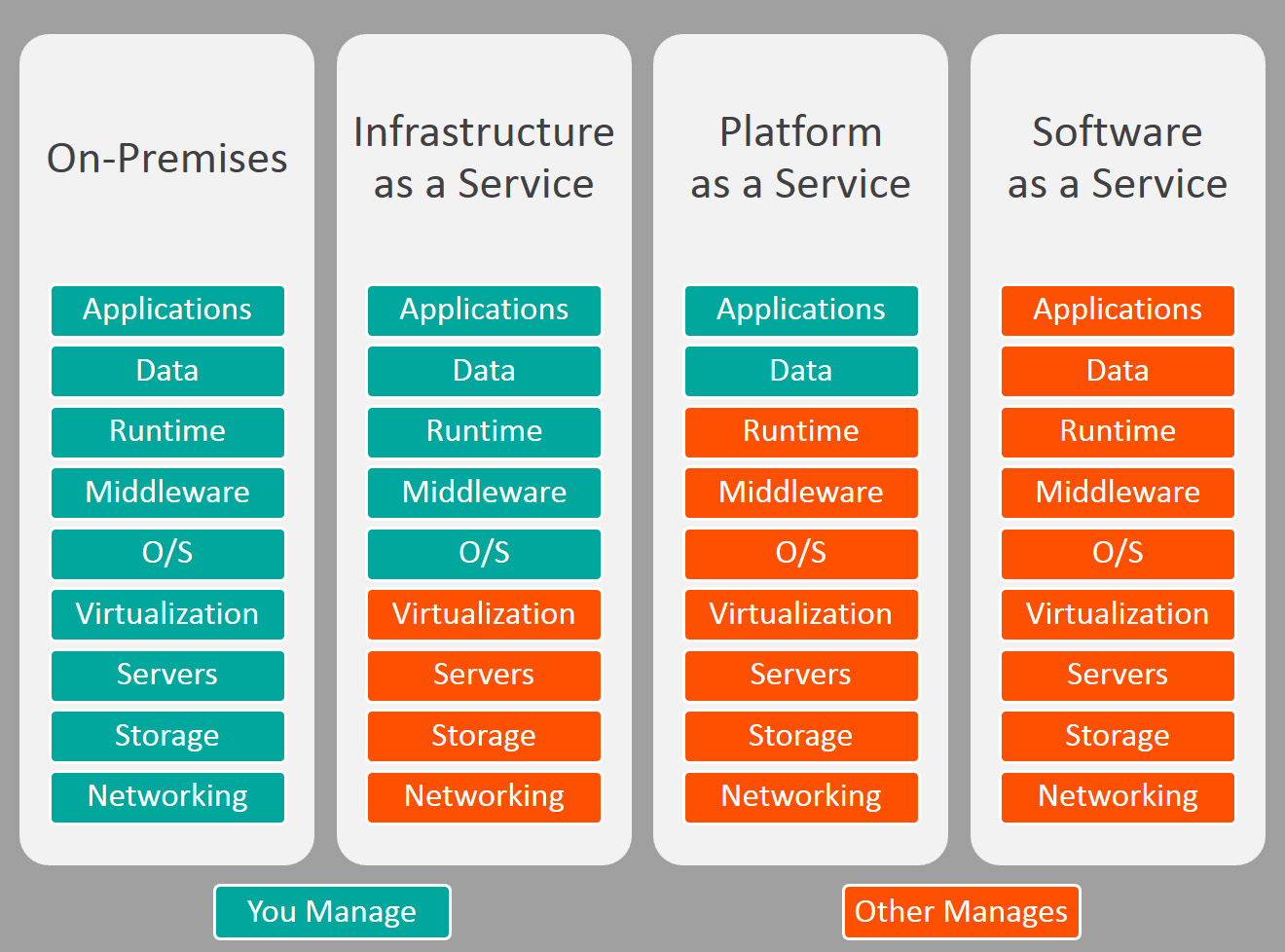Last week, I gave you six reasons why a company would opt to do business in Microsoft’s cloud (Azure) over Amazon’s (AWS), and I promised you that I would return to give some love to AWS. That isn’t a tough task since there is much to love about Amazon’s cloud platform. Amazon is the undisputed titan in cloud. The latest market share report from Canalys has AWS leading Azure 32% to 17%. AWS was the first mover in this space and has continually kept its competitors off balance through innovation and pushing the envelope. If you combine their average contract of 3.3 years with their $19.3 billion in unrecognized commitments, you get a company whose vice grip on the industry won’t be loosening anytime soon.
Despite these clear advantages, Azure has significantly closed the gap and provides a solid cloud option especially for those enterprises tied to the Microsoft stack. Now that we have a true cloud war brewing, let’s look at eight reasons why you’d want to choose the AWS cloud over Azure.
Maturity & Stability
The maturity of AWS’ cloud offering seems to be an underlying theme connecting up most of these benefits. AWS has been around since 2002, but really hit their stride in 2006, focusing their efforts on EC2, cloud storage and SQS. By comparison, Azure doesn’t even get out of the gate until 2010. That sort of advantage is simply unheard of in tech.
Amazon has been perfecting their cloud platform for longer than anyone, and those efforts have generated a very stable and mature product in AWS. If it feels like everyone else is playing catch up, it’s because they largely are. Many times it feels like its competitors are simply trying to match what AWS has already done while the AWS feature set just keeps evolving at a breakneck pace. They are the 800-lb gorilla in this space, dwarfing Azure’s market share by a factor of two with a bigger footprint than its next four competitors combined. There is a lot to be said with going with that kind of leadership.
Eat Their Own Dog Food
Amazon came to the cloud out of necessity, and not because the e Commerce giant wanted to save a couple bucks on their monthly web hosting bill. In 2000 while everyone else was endlessly fretting about Y2K, Amazon was desperately trying to scale. They started building servers internally to help facilitate their hyperbolic growth. While this helped, their development teams were spending months blocked by network administrators who were busily building out server infrastructure so the developers could start coding. Amazon created a cloud infrastructure service to automate these tasks, breathing new life into their project pipelines. These early systems would form the foundation for what is now AWS, giving them a 10 year head start on Microsoft.
There are more than a few instances where an Amazon product morphed into an AWS service. For instance, their serverless product Lambda was first created by Amazon to run its widely popular virtual assistant Alexa. It was such an innovative solution that they decided to unleash it as a service to the AWS community.
The Largest Sites on the Web Trust Their Cloud to AWS
Interesting patterns start to emerge when you look at a survey of the top 50 US websites on the Internet, pinning down who hosts each site. If you screen out the websites who are subsidiaries of their parent (like Bing and Office.com for Microsoft), you’ll find that ten of the top websites turn to AWS for their hosting. We are talking big time brands like Netflix, ESPN, Pinterest, Zillow and Hulu. Netflix alone sucks up 15% of the world’s Internet traffic. Azure has just one — Walmart. I don’t need to tell you why they aren’t on AWS. eBay flirted around with Azure back in 2010, and Apple’s iCloud was operating out of the Microsoft cloud until 2018 when they jumped ship for Google Cloud. Websites that can’t be down turn to AWS to make that impossible goal a reality. That’s a pretty ringing endorsement any way you slice it.
Open Source
It is no secret that Microsoft was enemy number one of the open source community in its early days, seeing this rag tag set of developers as an existential threat to their existence. In recent years, Microsoft has shocked many by morphing into the largest corporate contributor to open source development. Yet Microsoft is still seen as the evil empire by most in the community. The problem comes down to that core perception that Microsoft hates open source. It is a hard one to shake, and one Amazon has never been saddled with. Since day one, Amazon has actively worked with the open source community, contributing to projects and optimizing them to run on the AWS platform.
There have been questions of late concerning the role of corporations in the open source community, and Amazon taking more than they’re giving. This is an eternal struggle of blending two business models that mesh together about as well as oil and water so I’m not thinking this one gets resolved anytime soon.
IaaS
Both AWS and Azure offer Infrastructure as a Service (IaaS), but AWS makes it part of the fabric of their being. As a quick introduction for the unacquainted, IaaS gives you more control of administration all the way down to the OS level while Platform as a Service (PaaS) provides the platform you build applications on top of. Azure tends to lean more heavily on PaaS offerings.
AWS IaaS gives you greater flexibility, allowing you to have complete control over your infrastructure and applications while also being able to scale resources in an instant, only getting billed for what you use. In a lot of ways, it gives you all the benefits of on prem without the headaches of having to maintain all those the physical servers.

Unparalleled Service Options
This can be a bit of a double edged sword at times, but there is no equal to the sheer amount of services AWS offers through its account portal. It can be daunting to navigate initially and even seasoned AWS professionals can only claim a high level understanding of some features they only interact with once in a blue moon. Azure is definitely easier to get around. It serves up a more logical flow and naming conventions are usually more transparent with their service offering. Azure’s lack of clutter really just means that it is missing those equivalent services that AWS has but Azure doesn’t. For some businesses, those missing pieces won’t matter, but it does limit your possibilities for executing the best solution for problems that haven’t even cropped up yet.
Global Coverage & Reliability
Latency and reliability should always rank high when evaluating any cloud vendor. Downtime and slow loading applications can cripple business productivity. We can again chalk up Amazon’s early mover advantage to dotting the globe with data centers. They currently have 61 availability zones with another 15 due to pop up on the map any day now. Coupled with 155 CloudFront (CDN) edge locations and 11 regional edge caches, AWS has a significant lead in having a data center just where you need it. By comparison, Azure has 54 regions with a mere fraction currently setup as availability zones. They are busily playing catch up, but they still have a ways to go. You can think of an availability zone as another term for redundancy and high availability. The cloud provider has multiple data centers spread out within the zone each with their own independent power, cooling and networking. Taking out one or even two locations within the availability zone won’t bring down your applications as they continue to fail over within the zone. This coverage map and the plethora of availability zones is a serious plus for AWS.

Developers Prefer AWS
In a 2018 survey by Accenture, AWS was labeled the most developer friendly platform in the cloud universe. Specifically, developers cited that AWS kept them informed, provided monetization opportunities and as a whole AWS was the most future-looking platform of the cloud providers. Just because they currently hold this distinction doesn’t mean they will keep it. Half of all developers noted that most of the cloud systems have the same offerings, and that a cloud provider who created a distinct separation from the competition could potentially have these developers switching sides. Amazon will need to continue to innovate to keep the developer community happy.
When you talk to IT professionals who actively work in cloud, there usually isn’t a lot of gray area when it comes to their opinions of AWS versus Azure. I saw it first hand last week when the Azure article published. By and large, the Azure faithful raised a glass to me whereas the AWS devotees accused me of being a shill for Microsoft and clearly not knowing anything about anything. This cloud debate elicits strong emotions, and those passions run deep. It doesn’t have to be like that though. These are two great cloud platforms that tailor to business needs in different ways. No one solution can ever hope to fit everyone’s needs, and the cloud is no different. It’s best to keep an open mind and perform a lot of due diligence before committing to one of these camps.
In many ways the argument doesn’t even matter. Increasingly, businesses are gravitating to a more multi-cloud approach where both AWS and Azure can play a role. In a recent survey by Kentik, 35% of enterprises said they were actively pairing Azure with AWS. The benefits of multi-cloud are numerous from avoiding vendor lock-in, virtually eradicating downtime, being able to leverage the best pricing across vendors, and maximizing security through private cloud networks.
For those looking to take AWS for a test drive, sign up for their free tier account. For a year, you can try out their most popular services and only get charged if you exceed mandated thresholds for their free accounts. It’s a great way to get hands on experience and find out what AWS has in store.